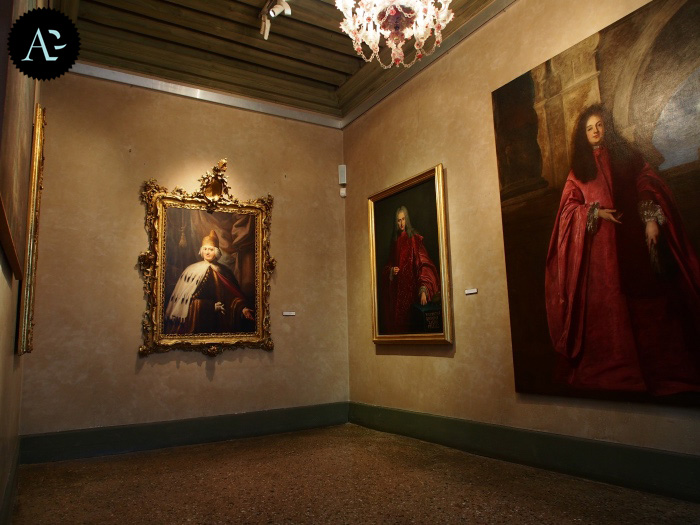On Sunday at the museum: the museo Correr in Venice
On Sunday at the museum: the museo Correr in Venice
Museo Correr Venice. This month “On Sunday at the museum” is dedicated to the Museo Correr, which, through its rich art collection, is capable of illustrating the thousand-year old history of Venice.
The museum originated from the collection belonged to the Venetian nobleman Teodoro Correr, who in 1830 donated to the city of Venice his palace and his art, book and document collection, offers various itineraries through which visitors can discover Venice from different points of view.
Here everything reflects the history of Venice, from the Reggia Neoclassica (Neoclassical Palace), to the sculptures by Canova; from the Picture Gallery to the Renaissance small bronzes; from the symbols of the military and economical power to the works by the most important Venetian artists.
Looking out of the big windows, overlooking St. Mark’s Square, you can admire the centre of Venice, where many events, illustrated in the museum, occurred.

In my posts dedicated to “On Sunday at the museum”, I talked about the Miramare Castle in Trieste, the Museum of Oriental Art in Venice, Villa Pisani on the banks of the river Brenta in Strà, the Doria Pamphiliji Gallery in Rome and the Civic Museum Agli Eremitani in Padua.
In this post I’ll introduce you the Museo Correr, to which I’m very emotionally attached, because I spent many days in its library when I attended the University of Venice (but this story deserves another post).
The museum collection is amazing and I suggest that you might follow a themed itinerary, so that you will be pleased with the visit.
The first itinerary you can follow is the neoclassical itinerary, which goes along the Napoleonic Wing and houses the recently inaugurated Sale Canoviane, as to say the rooms hosting works by Antonio Canova.
The second itinerary is the one along the Royal Palace, inside which there are Sissi’s private apartments, as to say the rooms which were the Venetian residence of the Empress Elizabeth of Austria, spouse of Franz Joseph I of Austria, known as “Sissi”.
The third itinerary is dedicated to the Venetian culture: the rooms illustrate the life and the culture of the Venetian Republic, providing an insight into the events of the city’s history, its festivities and celebrations and the aspects of its institutions and political system.
On the second floor you can admire the most precious paintings and the masterpieces by the famous Venetian artists. A journey through the history of art from the earliest days of Venetian painting to the 16th century, including works by Vittore Carpaccio, Jacopo Sansovino, Giovanni Bellini, Lorenzo Lotto and Titian.
It’s impossible to tell you in only one post all you can admire in this museum, and who knows that I won’t arrange an event so that you can visit these rooms along with me!
Keep an eye on the section events so that you can keep up to date.
I will briefly talk about the Imperial Apartments of the Princess Sissi. The Empress lived in Venice for seven months (between October 1861 and May 1862). Her rooms were re-opened to the public in 2012 and some authentic neoclassical and imperial style pieces of furniture recreate the atmosphere of that time.
You can try to imagine how the life of Sissi in these rooms could be, what she could think about, looking out of the windows of the Throne Room or the Audience Room, or how her everyday life in the Boudoir or in her Bedroom could be. However, what we see on show isn’t Sissi’s bed, but it is the bed belonged to Eugenio Beauharnais, Napoleon Bonaparte’s step-son, viceroy of the Kingdom of Italy between 1806 and 1814.
Nevertheless, as always, a museum doesn’t house only objects, but it houses histories, as well. I’ll tell the history of Napoleon in another post.
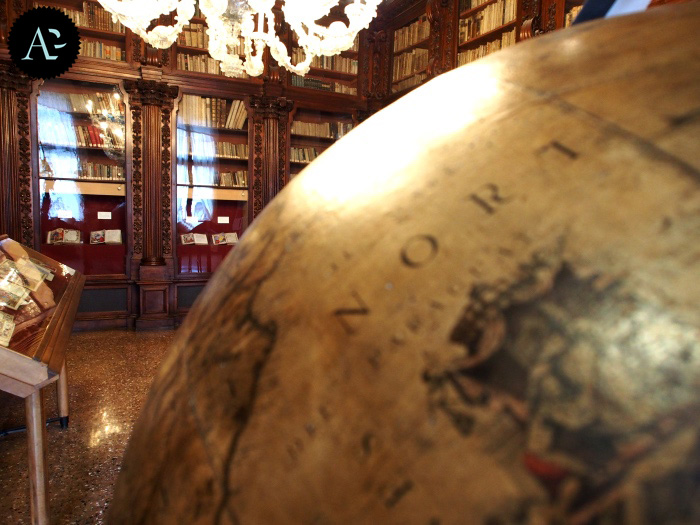
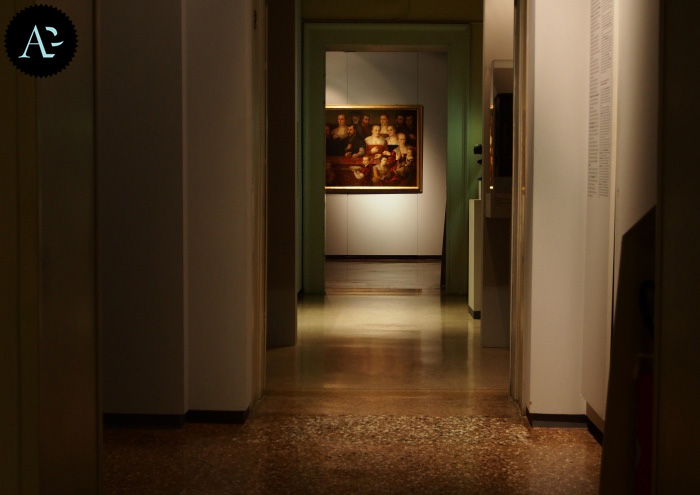
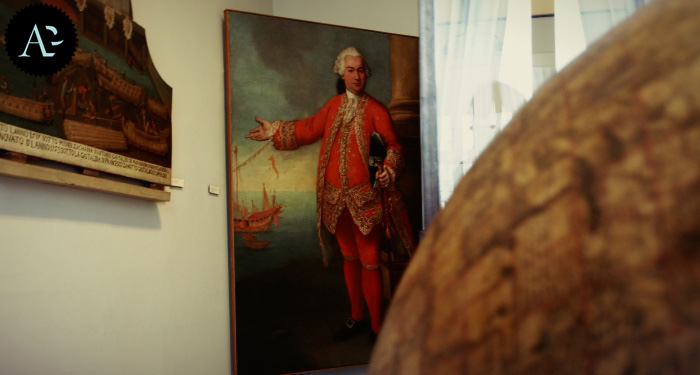

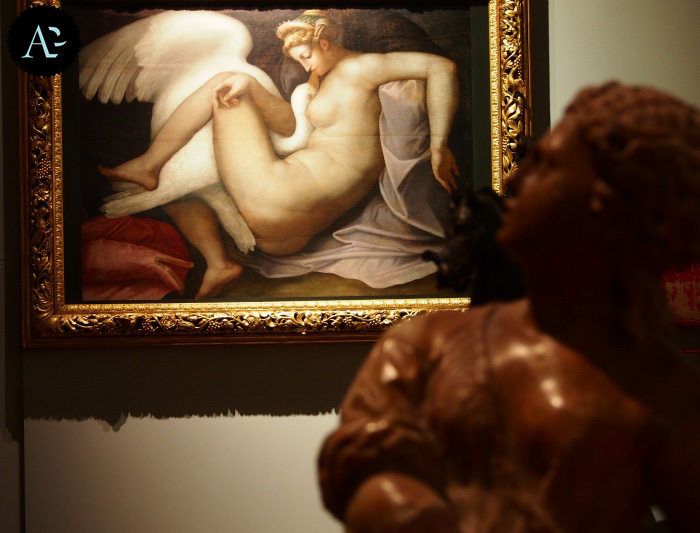
INFO
Museo Correr, Venice
St Mark’s Square
LINK
https://correr.visitmuve.it
Follow me on:
About me
In this blog, I don't explain the history of art — I tell the stories that art itself tells.


